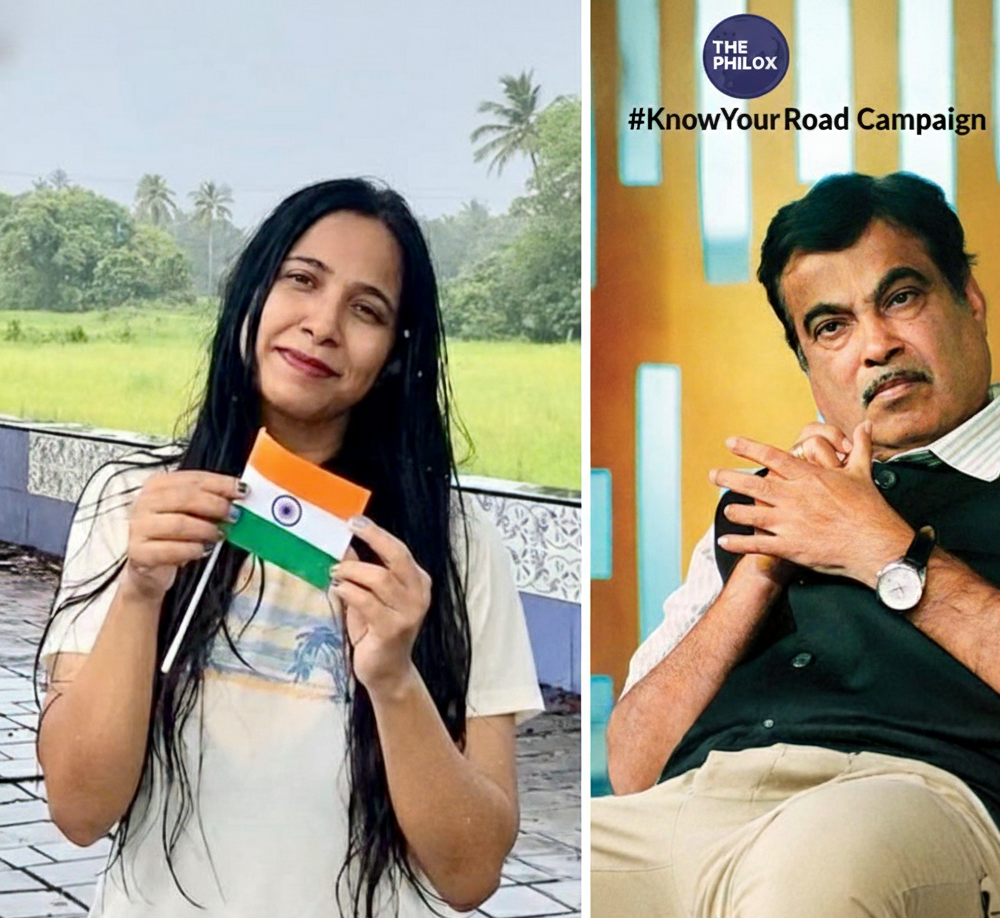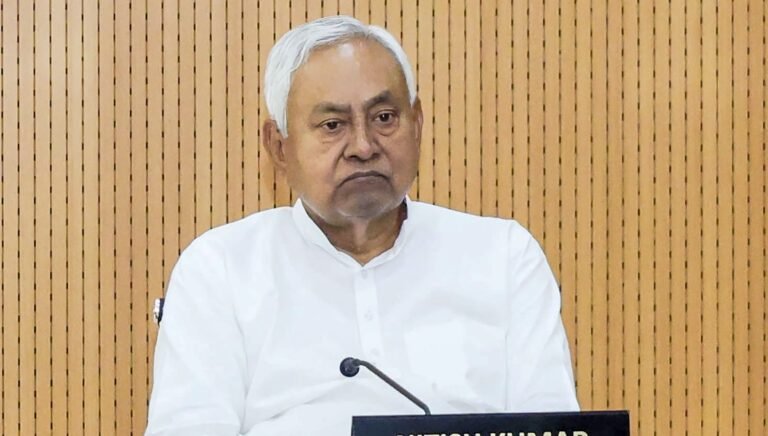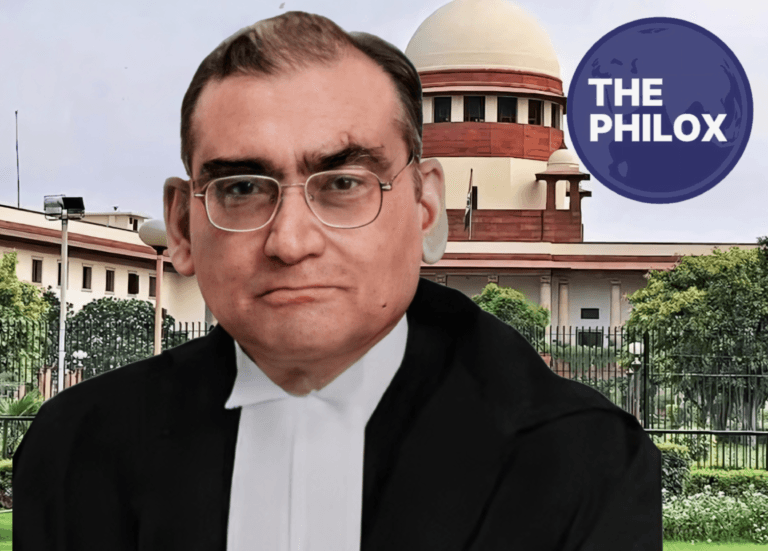
anuradha tiwari dharma party
The QR Code Revolution: Anuradha Tiwari’s #KnowYourRoad Campaign Turns Social Media Buzz into National Highway Transparency
In the world where one tweet can overturn the perceptions and spark policy change, Anuradha Tiwari, the entrepreneur and founder of the Bengaluru-based Dharma Party of India, has become an icon of activism by the citizens. Her well-informed campaign, the #KnowYourRoad has not only gone viral but has also persuaded the Union Minister, Nitin Gadkari to introduce a revolutionary QR code system in the highways. It was not a win only because of having better roads but a testament to the unrestrained force of social media to create accountability, transparency and change the world.
For advertisement on our platform, do call at +91 6377460764 or email us at contact@thephilox.com.
The story by Tiwari is a wake-up call to ordinary people realizing that when certain personal voices find their channels through digital platforms, they can turn the gears of governance. Imagine this: It is July 12, 2025. In the city of Bengaluru with its infamous monsoon potholes and inexplicable traffic jams,
Tiwari opens up X (previously twitter) and tweets a negative statement. She contrasts a ₹5 Parle-G biscuit packet containing its ingredients, manufacturing date, and nutritional information on a QR code with a ₹100 crore, road with craters all over it. Why not 100 Cr road, but 5 Rs Parle G is only needed to have all the details? All the roads need to have QR codes on them to display information such as who constructed the road, the price, the ministers and the names of babus, etc. Time to know your road, she wrote, and she annexed a picture that embodied the ridiculousness of opaque government infrastructure.
The next thing that happened is what can be described as an online wildfire. The virality of the post exceeded millions of views, thousands of retweets, and the support of netizens who were tired of poor quality of work and irresponsible contractors. In a matter of days, tech enthusiasts all over India volunteered prototypes of an app that can be used as a companion which can scan these hypothetical QR codes and report issues in real-time. By Day 10, Tiwari was gathering disciples and made demands of required banners on all roadways stretches making abstract frustration into a formal action plan: “We demand Transparency. We demand Accountability.”
It was not a single outburst, but the beginning of the movement of the #KnowYourRoad, which is closely connected to the spirit of the Dharma Party of India. The party was established by Tiwari on June 16, 2025, because it is a citizen-led front that upholds merit, equality, and development without traditional politics baggage.
The campaign flowed perfectly in line with its mandate, whereby social media was not a soap box but a scalpel to cut through the structural deficiencies of the system. IITians and other volunteers provided in-depth proposal on such features as the geo-tagged complaint filing, the maintenance schedule, and even AI-generated quality audits. Within weeks, the #KnowYourRoad has had the entire country discussing the need to fix their roads and it highlighted one fact; the Power of Social Media: Amplifying the UnheardTiwari.
The platforms such as X enable ideas to bypass bureaucratic silos to reach policymakers with directness and mobilize millions of people within hours. Her viral post was not only liked, but it sparked discussions in living rooms, tea shops and board rooms. Her sentiment was echoed by citizen activists who complained of how contractors are making profits as the taxpayers are left with accident-prone blackspots.
The Power of Social Media: Amplifying the Unheard
The brilliance of the movement was that it was open-source: everyone with a smartphone could become part of it, scan a fake QR code in her posts, and visualize the openness that it promised. Hashtags turned into hashtags-with-impact, which forced the establishment to take action. The campaign, as Tiwari would later comment in a follow-up post, the value of its momentum was that public pressure could shine through even the deep rooted obscurity.
In a nation where road carnage continues to take the lives of more than 150,000 people in a year, these grassroots organizations emphasize the power of social media as a force multiplier in safety and equity. It is a reminder that virality isn’t a transient phenomenon when approached in a thoughtful way, it would create a lasting policy
Nitin Gadkari’s Responsive Leadership: From “Why Me Alone?” to QR Code Mandates
Nitin Gadkari, the hard-working Union Minister in the Road Transport and Highways ministry, whose tenure has already brought more than 60,000 km of highways since 2014. Gadkari caused a bombshell on October 28, 2025 at the Confederation of Indian Industry National Conference on Future of Smart Roads in New Delhi that was tailor-made to the vision of Tiwari. By declaring that everyone would now have to install QR codes on information boards all over the national highways he jokes, Sirf main hi kyun gaali khaoon? (Why should I be all the blame?).
When scanned under the new directive, a treasure trove of information about the contractor and his picture, project costs, identities of the consultants, supervising officials contacts, construction schedules and even 10-year long maintenance guarantees (accountability) will be visible.
In addition to this, the National Highways Authority of India (NHAI) and builders should initiate real-time video updates on the progress of the project through YouTube channels so that the people would provide feedback through the feedback loop. Gadkari focused on international standards, performance auditing and precast technology to restrain the use of excuses such as bad weather or poor materials.
Tiwari did not have long before she was celebrating the “Big Win” and she attributed the initial push to her July tweet.
In another letter addressed to Gadkari, she provided the cooperation of her team with technologists in three months, and they presented a detailed PPT of advanced features.
This is no lark, this is participatory governance at its best, where a minister is open-minded and a citizen resourceful.A Blueprint to Dharma Party vision and India futureThe Dharma Party inclusion of this is a main part of its vision and India future. Because transparency was regarded as a cure to corruption and inefficiency, the party, as the first political front in India, has made development based on merit, is explicitly committed to transparency.
The strategy offered by Tiwari, which plays with social media ideation, prototyping, and advocacy, is an example of how non-traditional movements can shape the traditional systems. She currently has more than 118,000 followers on X, her handle is (@talk2anuradha).
has already turned into a meeting place of like-minded reformers, and has demonstrated that political change need not wait till elections.






